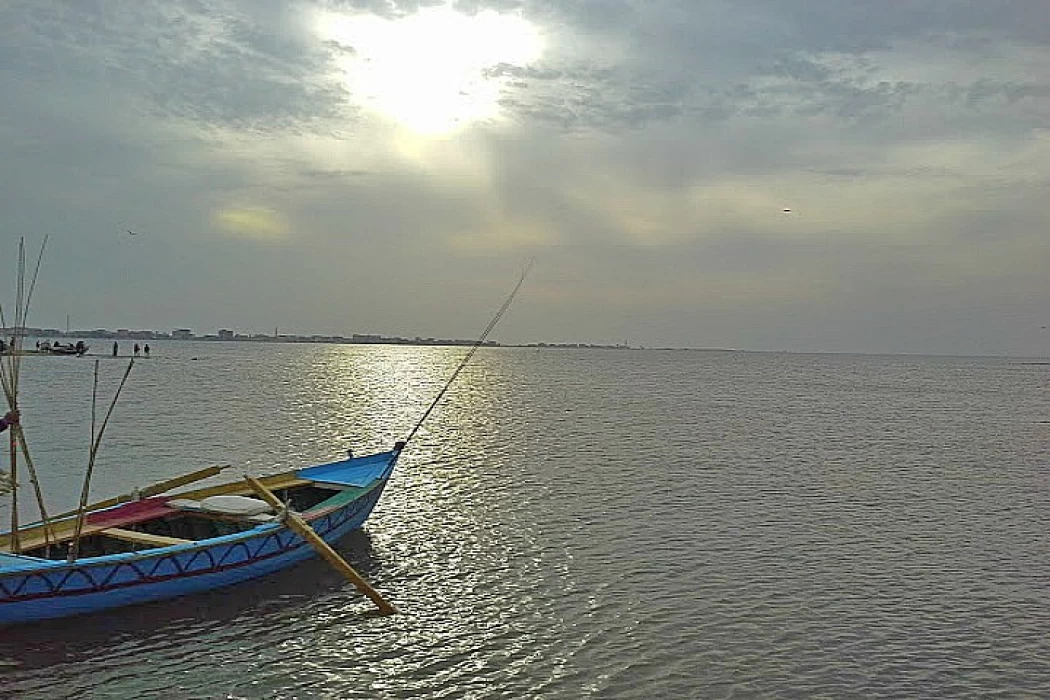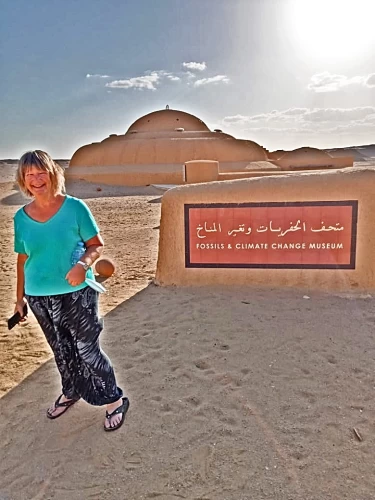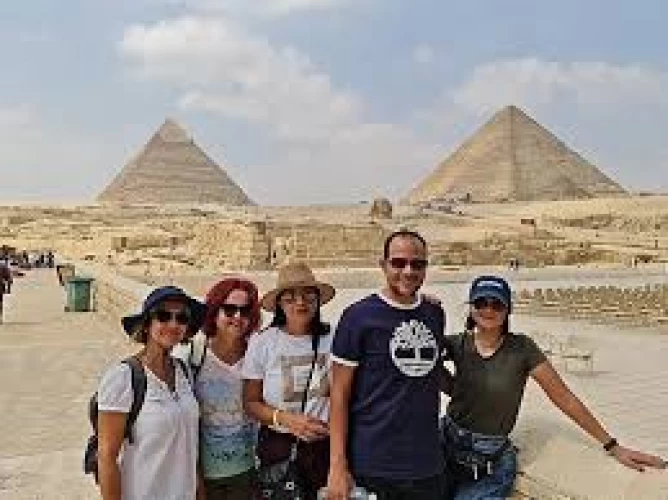
Lake Qarun in Egypt
The Qaroun Lake Reserve Located a hundred kilometers from Cairo, this depression, which occupies almost 18,000 km 2, has all the appearances of the oasis, green spaces stolen from the sandy plains of the Libyan desert. It is connected to the Nile by the Bahr Youssef, a canal that rises 400 km further south.
In ancient Egyptian "Mer-Our", in Greek "Mœris". Large oasis south-west of Cairo, watered by the Bahr Youssouf {river of Joseph}. It is located about 40m below sea level and therefore was originally a gigantic lake. From the ancient Egyptian «Pa-Yom» {the lake} comes the name Fayoum.
After a co-regence of almost five years, Sesostris II succeeds his father for about fifteen years. He is building the Fayyum, an oasis located about eighty kilometers southwest of Memphis, and channeling the Bahr Youssouf, which would flow into the future Lake Qaroun, by constructing a dam at Illahoun and adding a drainage system and canals. The project will not be completed until Amenemhat III. These major works have caused a new displacement of the royal necropolis, which, after being moved back to Dahshur, Amenemhat II moved to Illahoun.
The southern shore of Lake Qaroun, which is the site of the Fayyum oasis, is currently a market garden supplying the capital. It was hardly exploited during the ancient pharaonic period.
Originally a vast area of swamps, it has lush vegetation and abundant fauna that make it a particularly popular hunting reserve for the Pharaohs. This "garden of Egypt", as the ancients called it, is a vast oasis: fruits, vegetables, roses and jasmine, palms and desert. Lake Qaroun is considered one of the best bird sites in Egypt. A variety of migratory birds visit the lake in winter. The second is Wadi El Rayan, it is a wetland that includes several types of waterbirds.
















